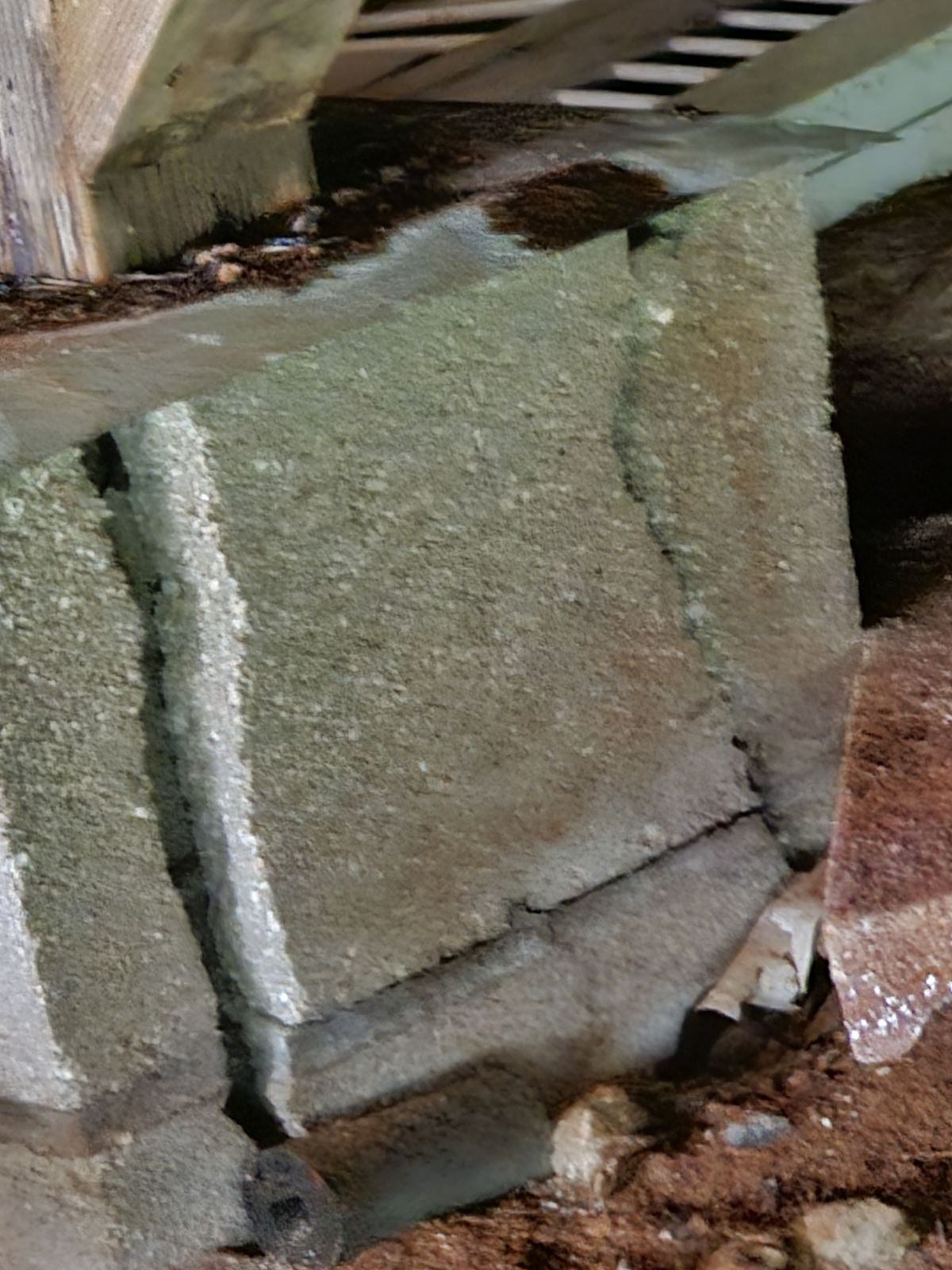
Get matched with top structural engineers in Waimea, HI
Enter your ZIP and get matched with up to 5 pros
Need a pro for your structural engineering project in Waimea, HI?
Verified Reviews for Structural Engineering pros in Waimea, HI
*The Angi rating for Structural Engineering companies in Waimea, HI is a rating based on verified reviews from our community of homeowners who have used these pros to meet their Structural Engineering needs.
*The HomeAdvisor rating for Structural Engineering companies in Waimea, HI is a rating based on verified reviews from our community of homeowners who have used these pros to meet their Structural Engineering needs.
Last update on November 21, 2025
Find Structural engineers in Waimea

PJM Structural
PJM Structural
Licensed Structural Engineer with 13 years of structural design experience. I provide the following services: - New construction design (Residential, commercial, office, etc) - Remodels and Tenant improvements - Truss repairs - Bearing wall removal - Trellis, pergola and carport design - Concrete, Steel, Wood and Masonry design - Custom stairs
"Pedro was great to work with! After multiple attempts to work with other structural engineers, his rate was the lowest while being the most responsive and informative. He made the process smooth and efficient, providing excellent service and clear communication throughout the project. Highly recommend!"
Hilary C on July 2024
Licensed Structural Engineer with 13 years of structural design experience. I provide the following services: - New construction design (Residential, commercial, office, etc) - Remodels and Tenant improvements - Truss repairs - Bearing wall removal - Trellis, pergola and carport design - Concrete, Steel, Wood and Masonry design - Custom stairs
"Pedro was great to work with! After multiple attempts to work with other structural engineers, his rate was the lowest while being the most responsive and informative. He made the process smooth and efficient, providing excellent service and clear communication throughout the project. Highly recommend!"
Hilary C on July 2024

Meta Civil Engineering
Meta Civil Engineering
Meta Civil Engineering specializing in seawalls Micropiles an Micropiers, Retaining Walls foundation repairing.
Meta Civil Engineering specializing in seawalls Micropiles an Micropiers, Retaining Walls foundation repairing.
The Waimea, HI homeowners’ guide to structural engineering services
From average costs to expert advice, get all the answers you need to get your job done.

Looking to remove load-bearing walls and vertical supports to open up your living space? Learn about what affects the cost to install an LVL beam.

Looking to expand your ceiling and send claustrophobia running for the hills? This guide covers the cost to vault a ceiling and factors that impact estimates.

A damaged main support beam can cause serious structural damage to your house. Learn how much it costs to replace a main house support beam.

It can be hard to choose the right pro for any job, but it matters. Learn how to hire a structural engineer who'll get the job done right from start to finish.

A squeaky floor may just be an annoyance, or it may signal a structural problem. Learn when to be concerned about a squeaky floor.

Learn why it might be a good idea to hire a structural engineer for a home inspection in addition to a general home inspector when you’re purchasing a home.
- House Cleaning in Waimea
- Window Cleaning in Waimea
- House Cleaning in Waimea
- Trampoline Assembly in Waimea
- Sink Installation in Waimea
- Plumbing in Waimea
- Electrical in Waimea
- Handyman Service in Waimea
- Landscaping in Waimea
- Roofing in Waimea
- Locksmiths in Waimea
- Hvac in Waimea
- Lawn Care in Waimea
- Air Duct Cleaning in Waimea
- Painting in Waimea
- Appliance Repair in Waimea
- Lawn And Yard Work in Waimea
- Interior Painting in Waimea
- Ev Charger Installer in Waimea
- Drain Cleaning in Waimea
- Gutter Cleaning in Waimea
- Pressure Washing in Waimea
- Boiler Repair in Waimea
- Flooring in Waimea
- Exterior Painting in Waimea
